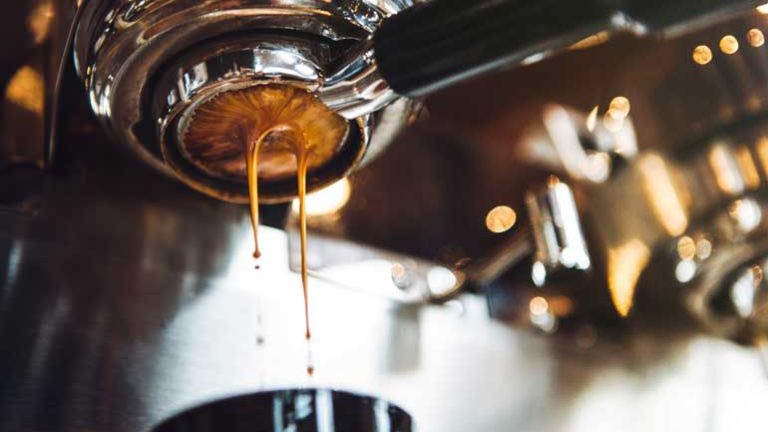This Is the Scientific Secret Behind the Perfect Cup of Coffee

All coffee is not created equal. Coffee quality will change from city to city, roast to roast, and brewing method to brewing method. Purists might tell you to eschew the milk and sugar, but ultimately it’s your bean water and you can do with it what you wish. But when it comes down to the process before the additives, is there a science behind nailing the perfect brew? Yes, according to the Smithsonian.
There are a few factors that need to be closely monitored in order to achieve the ideal caffeinated cup. Christopher H. Hendon, a materials chemist, breaks down the nitty gritty scientific details.
“The variables of temperature, water chemistry, particle size distribution, ratio of water to coffee, time and, perhaps most importantly, the quality of the green coffee all play crucial roles in producing a tasty cup,” he writes, “It’s how we control these variables that allows for that cup to be reproducible.”
A trait that plays a key role in making your coffee experience enjoyable is the concentration of coffee constituents, naturally occurring chemicals found in the grounds. The ideal coffee constituent concentration of 1.2-1.5 percent can be achieved through certain brewing methods, specifically “pour-over, Turkish, Arabic, Aeropress, French press, siphon or batch brew.”
Water also plays a key role in the whole process and knowing the composition of your tap water makes a difference.
The ideal acidity is right in the middle, a good way to glean what a good cup should taste like is to brew a batch with Evian, which has “one of the highest bicarbonate concentrations in bottled waters.” The ground of your coffee also matters, but Hendon details that there are arguments to be made for both coarse (less chance of small particles with negative flavours impacting the taste), and fine (better chance of richer, bolder taste), so it’s best to experiment to find out what you like best.
And finally, freshness is incredibly key. The longer your beans sit on the shelf, the more “volatiles”, gaseous organic molecules that affect flavour, escape. The coffee you buy at a cafe will generally be relatively freshly roasted, and almost never more than four weeks removed from its roast date. So as a rule of thumb, buy fresh and use quickly.
The full article really dives into some of the tough physics and chemistry involved in the process, read on here. A lot of it comes down to taste, but the three non-negotiable factors that are easily monitored and altered are freshness, water acidity and brewing method.
Written by Sam Benson Smith. This article first appeared in Reader’s Digest. Find more of what you love from the world’s best-loved magazine, here’s our best subscription offer.
